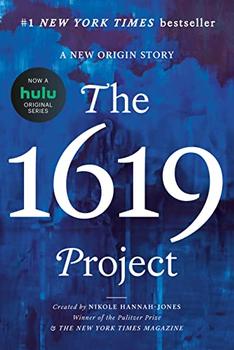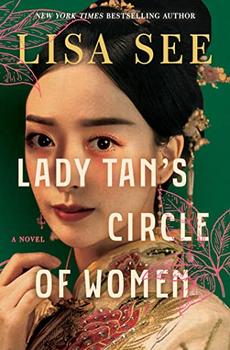Author Biography | Interview | Books by this Author | Read-Alikes

Sally Gardner grew up and still lives in London. Being dyslexic, she did not
learn to read or write until she was fourteen and had been thrown out of
several schools, labeled unteachable, and sent to a school for maladjusted
children. Despite this, she gained a degree with highest honors at a leading
London art college, followed by a scholarship to a theater school, and then
went on to become a very successful costume designer, working on some notable
productions. After the births of twin daughters and a son, she started first
to illustrate and then to write picture books and chapter books, usually with
fairytale- or otherwise magical subject matter. She has been called 'an
idiosyncratic genius' by London’s Sunday Times.
I, Coriander
is her first book for older readers. Her stories for middle readers include Lucy Willow and the popular Magical Children series, The Strongest Girl in the World, The Invisible Boy, The Boy with Magic Numbers, The Smallest Girl in the World, The Boy with the Lightning Feet, and The Boy Who Could Fly. She has also written and illustrated picture books including The Fairy Catalogue, The Glass Heart, The book of Princesses and Playtime Rhymes.
Sally Gardner's website
This bio was last updated on 06/27/2017. In a perfect world, we would like to keep all of BookBrowse's biographies up to date, but with many thousands of lives to keep track of it's simply impossible to do. So, if the date of this bio is not recent, you may wish to do an internet search for a more current source, such as the author's website or social media presence. If you are the author or publisher and would like us to update this biography, send the complete text and we will replace the old with the new.
Why did you choose to write the novel in one hundred short chapters? What kind of impact do you hope this format will have on
the reader?
We live in a day and age where things happen so quickly, where information comes to us in small fragments — so it's almost the
best way to keep people's attention. Also, this story is being told in thought, in Standish's head, and my thoughts come in short, sharp moments, so the short chapters more closely reflect someone who is retelling the past in his head.
Maggot Moon includes some really provocative black-and-white illustrations that also work as a flip book throughout. How does adding this kind of art change or add to the story
As a former illustrator, I often think the best pictures are those
that represent the abstract thought behind the story — the essence of it — but not a literal interpretation. The bold pictures
in Maggot Moon work in what I call the "slipstream" of the
writing, and I'm thrilled with Julian's work. His illustrations really
enhance the narrative, the idea of the cycle. I've always admired
him as an artist.
Can you tell us about Maggot Moon's main character, Standish Treadwell? What role does his dyslexia...






Your guide toexceptional books
BookBrowse seeks out and recommends the best in contemporary fiction and nonfiction—books that not only engage and entertain but also deepen our understanding of ourselves and the world around us.